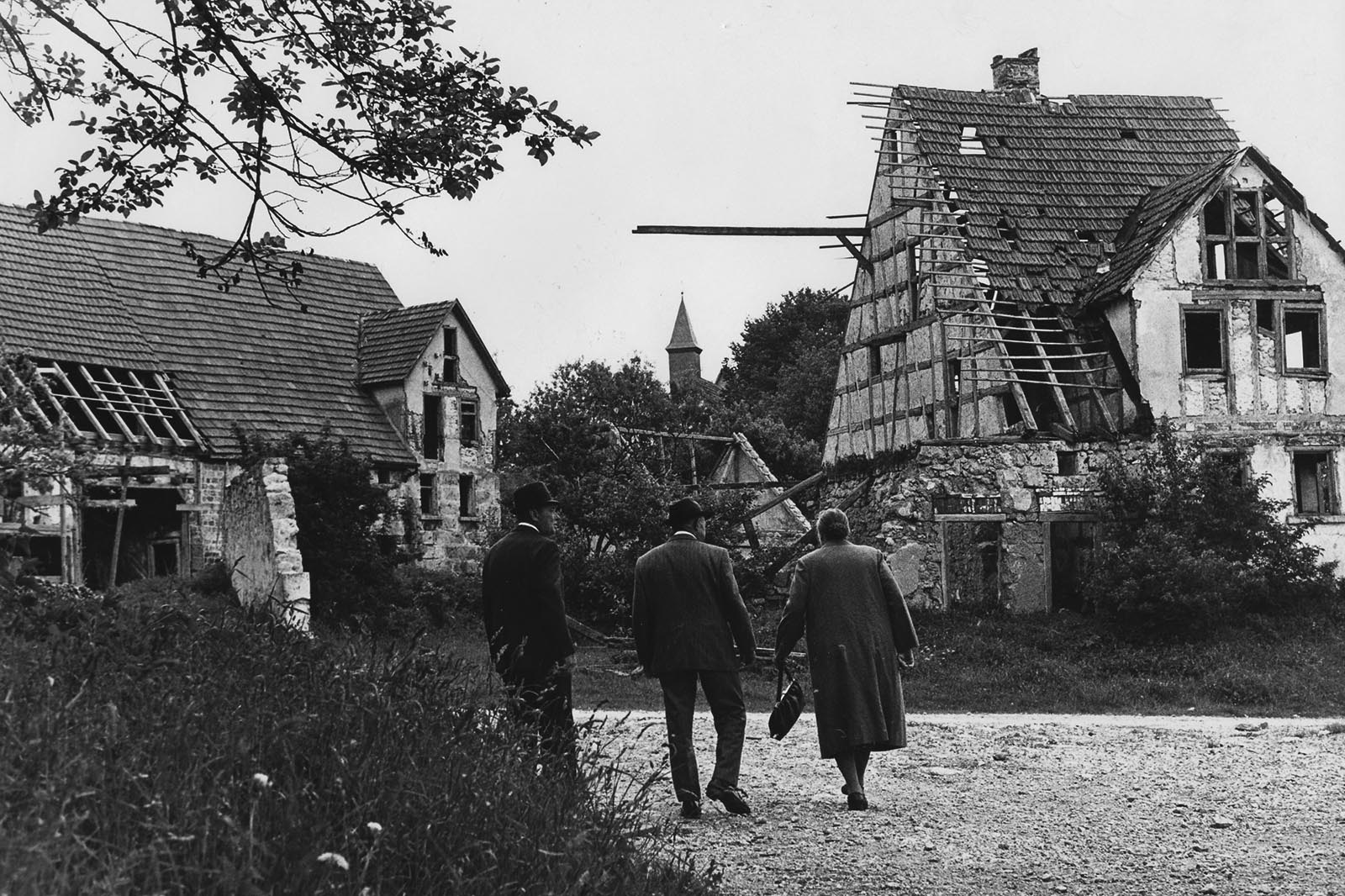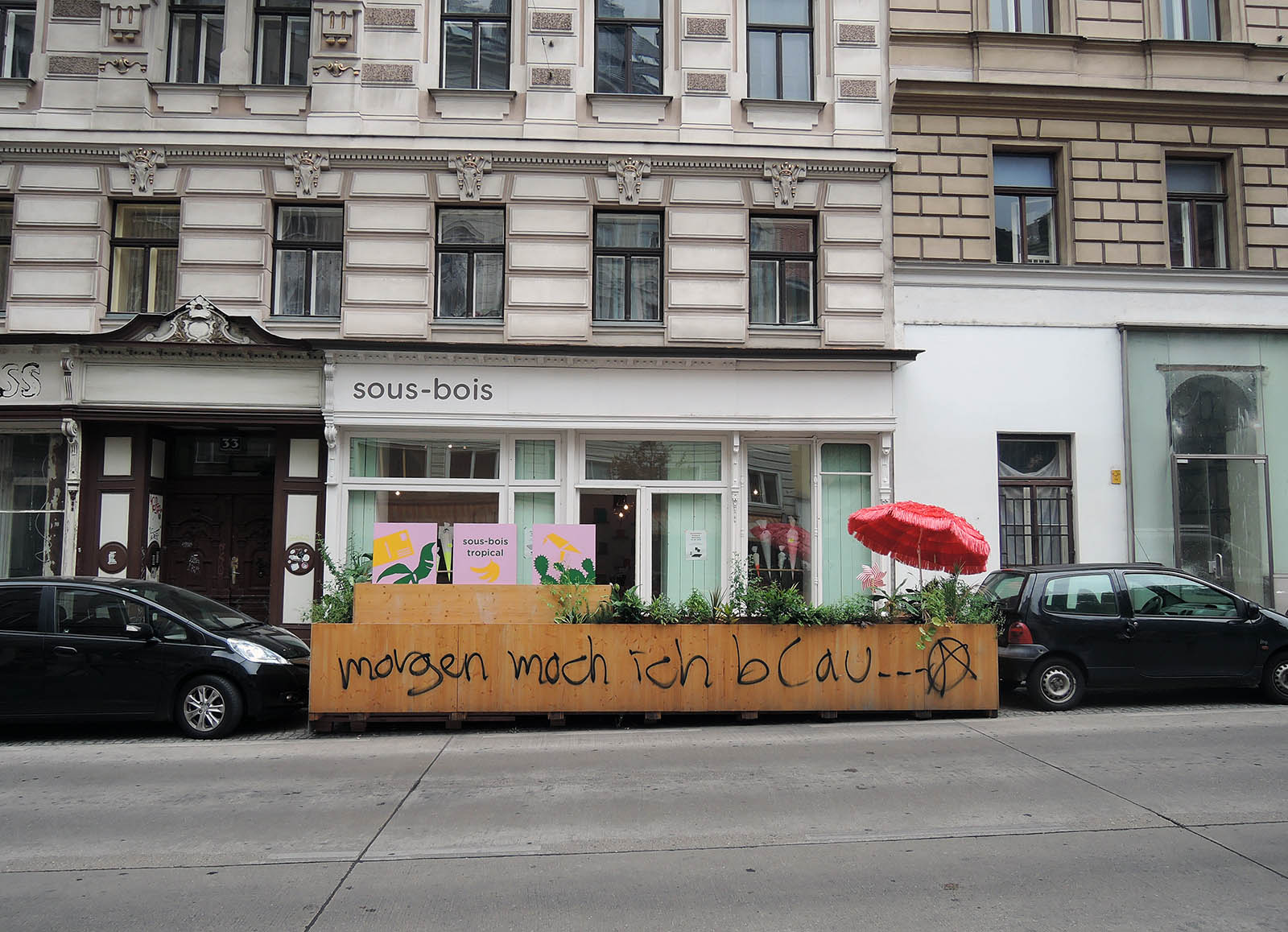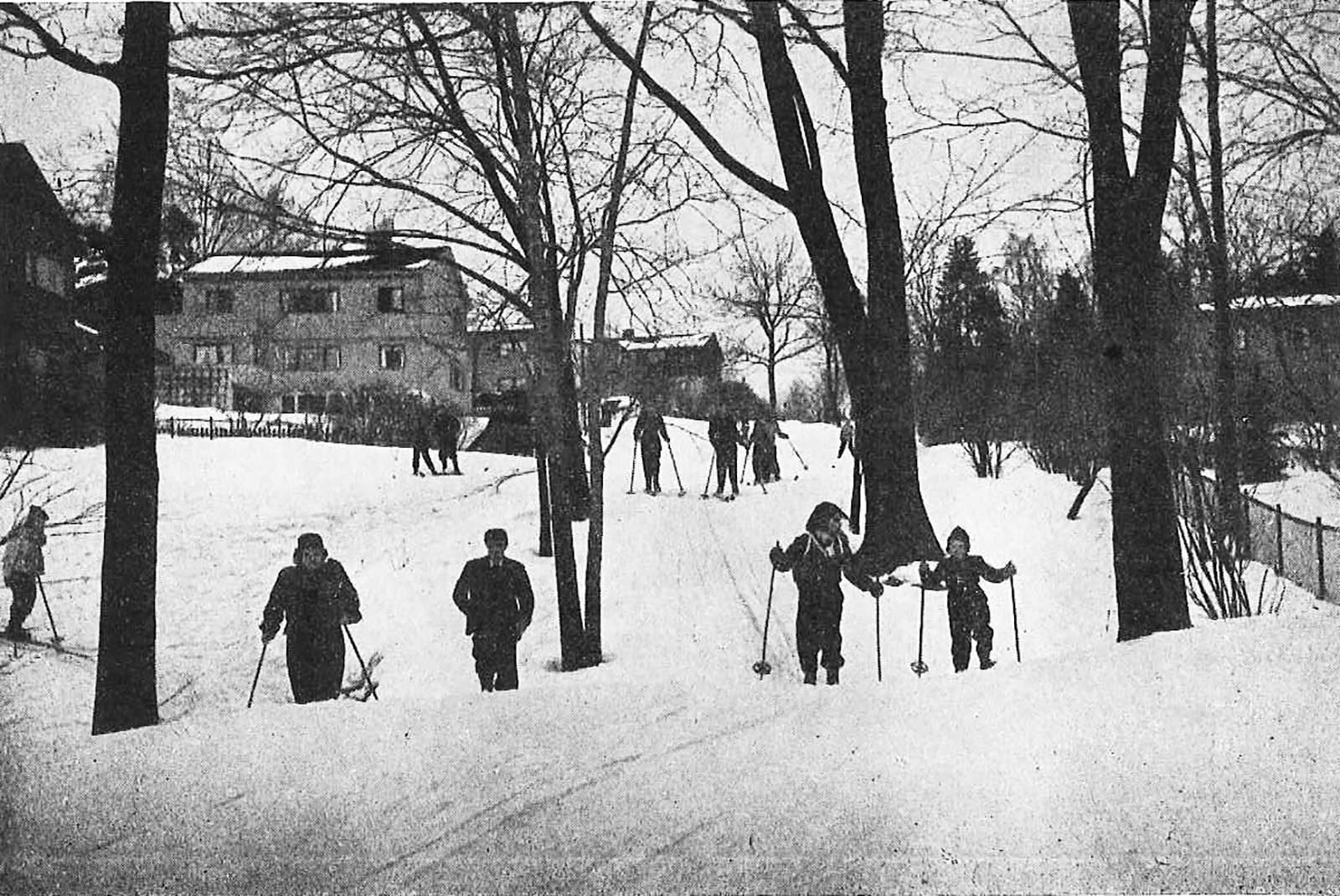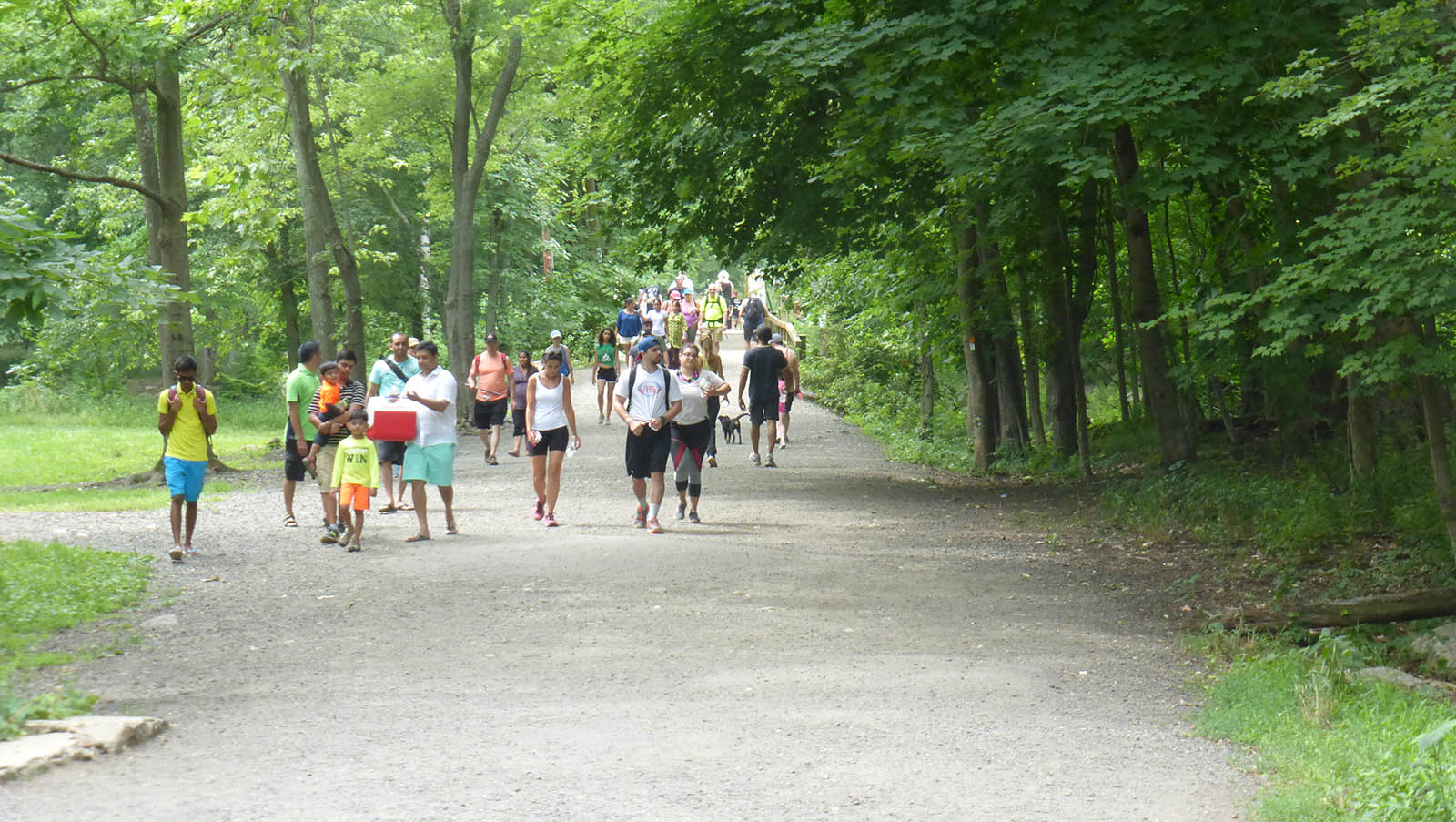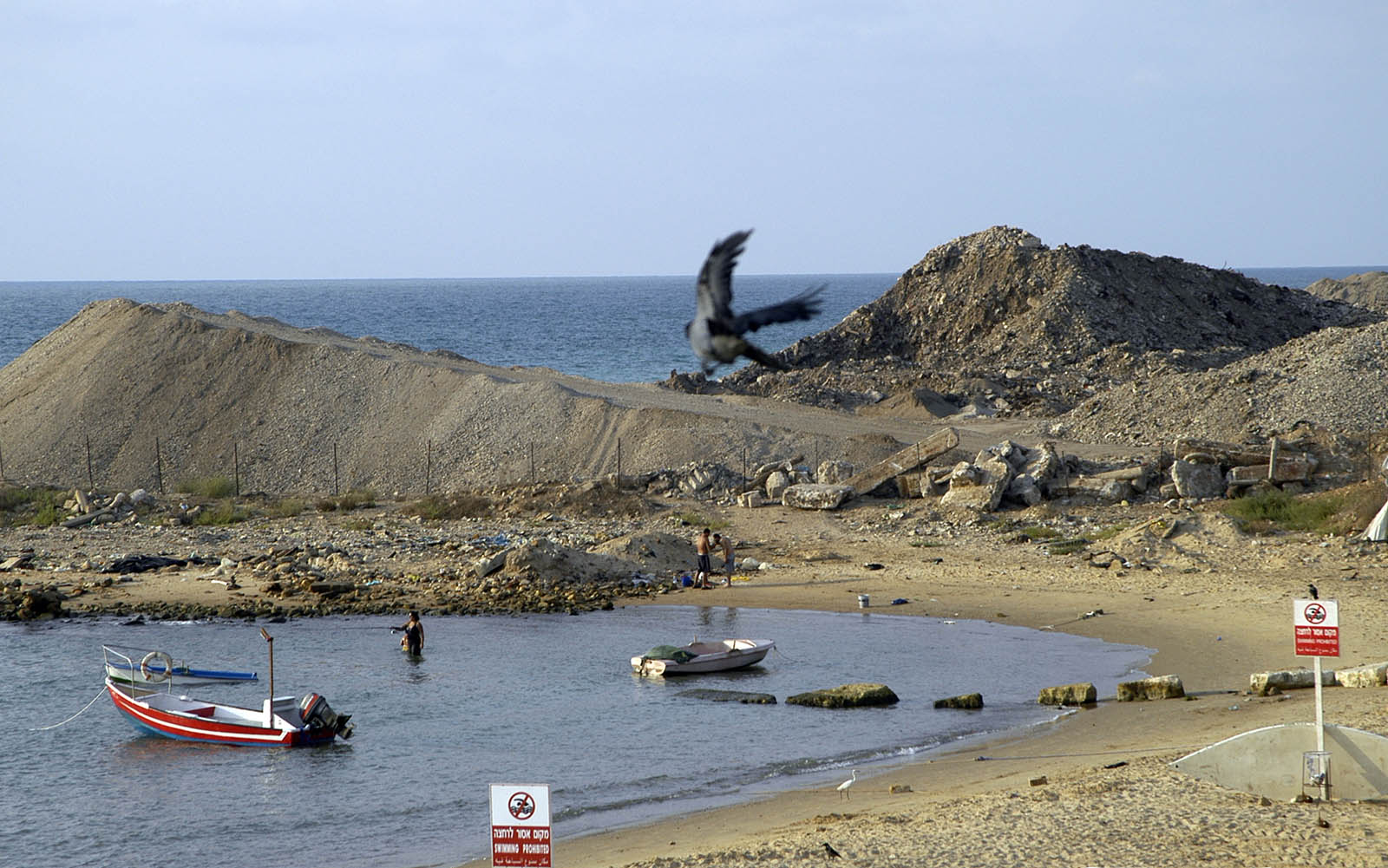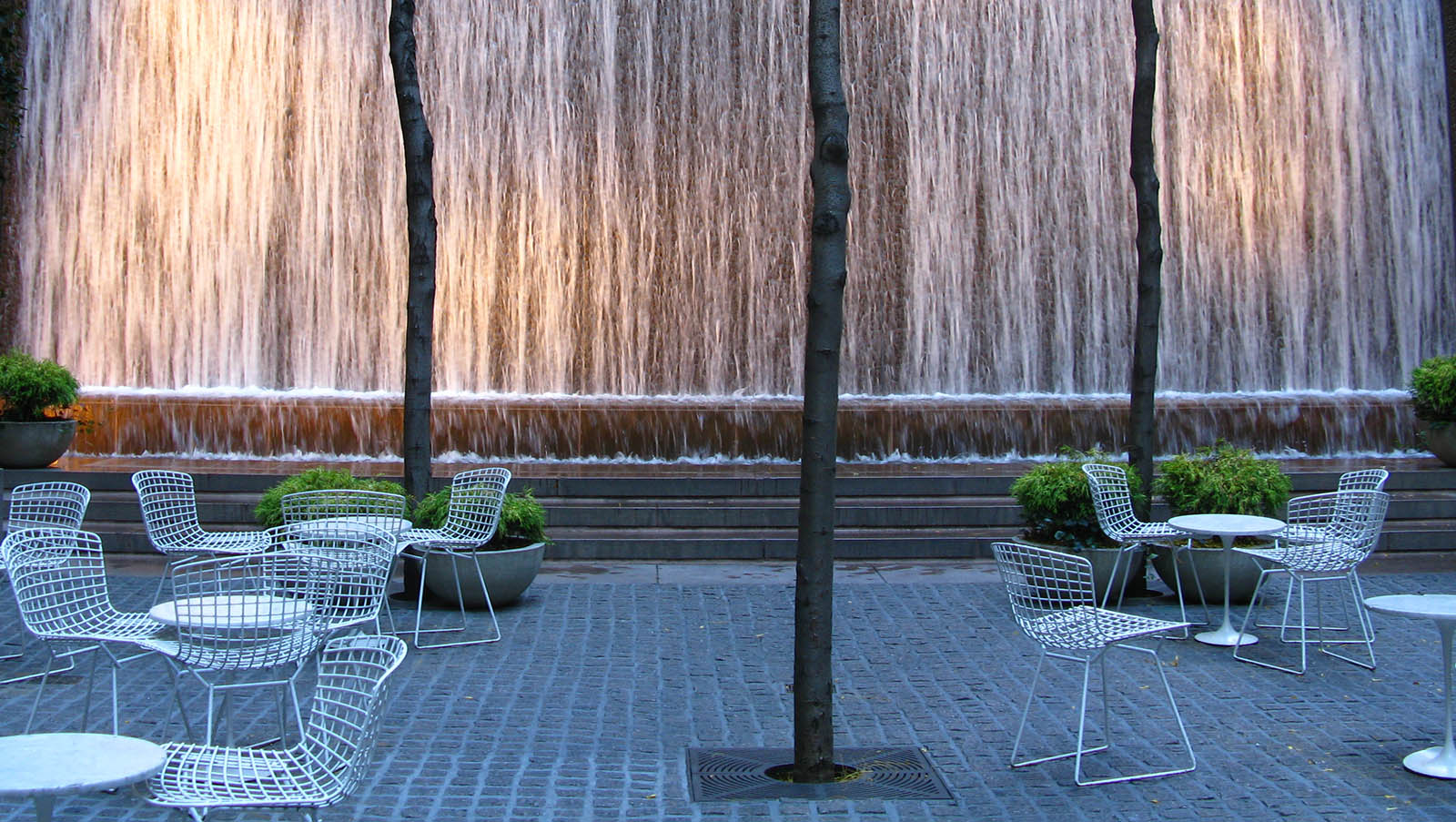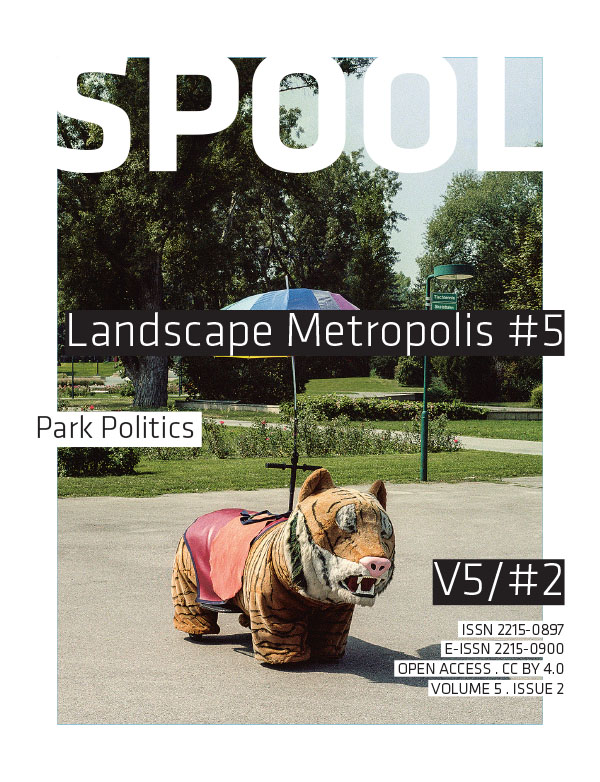
Park Politics
6 articles / 80 pages
ISBN 978-94-6366-128-7
Issue editors
Prof. Dr. Lisa Lička, Universität für Bodenkultur, Wien
Dr. Ir. Roland Tusch, Universität für Bodenkultur, Wien
Dr. Ir. Ulrike Krippner, Universität für Bodenkultur, Wien
Prof. Dr. Lisa Diedrich, Swedish University of Agricultural Sciences
Dr. Ir. Saskia de Wit, TU Delft
Editorial
-
In June 2018, professionals and scholars, from various fields dealing with public open spaces, put politics up for discussion. In the conference series x–LArch at the University of Natural Resources and Life Sciences, BOKU/Vienna, issues are raised that are relevant for the profession of landscape architecture and have a direct impact on our environment, be it urban or rural. In the 2018 conference entitled ‘Park Politics’, practitioners and academics were invited to present findings and projects in order to gain a range of perspectives from...
Articles
-
In Germany, the fall of the Iron Curtain led to the extensive withdrawal of allied troops stationed there, as well as the reduction in number of the German armed forces. This process was accompanied by the repurposing of formerly restricted military terrain in both urban contexts and the countryside. Post-military landscapes are full of traces of former usage and comprise a heritage that ranges from their earlier civilian history to their militarisation, from past to recent conflicts. This paper focuses on the remembered and forgotten narratives of these fascinating sites and relates...
-
In cities of increasing density, public space is under pressure from both commercial and non-commercial interests. Private installations in public space, such as kiosks, pavement cafes, advertising, and parklets, influence its usability and appearance. Based on the assumption that such installations can also alter and define the inclusiveness and accessibility of public space, the authors argue that the process of granting permission for and regulating the design and positioning of such installations is not only an administrative decision but one that is connected with planning...
-
Park politics is the subject of critique by the landscape architecture profession. This article explores the politics surrounding the parks realised in Oslo in the 1920s and 30s, which was critiqued in a book by some of the most prominent landscape architects in Norway at the time: Vår tids hage [The Garden of Our Time] (Aspesæter et al., 1939). The book reads as a commentary on the development in Oslo during that period. This study uses contemporary books by the key policy makers as resources for the ideology of these parks and aims to show how the actual park politics in Oslo were...
-
The demand for green spaces in highly urbanised, metropolitan cities is well documented. However, adjacent to or surrounding these densely populated urban centres are extensive areas of newer suburbs, where land use and public space demands differ from those found in large urban cities. Though dependent on the age of a suburb and its associated societal changes, the demands made upon suburban green spaces are changing. However, little research has focused on ageing suburban park systems, which today may be managed by multiple administrative entities.
The development of a master...
-
To date, the scholarship of landscape architecture has ignored the evolving research on green gentrification, which studies the mechanisms behind the social aftermaths of urban environmental improvements. The paper uses a case study analysis to prove that landscape architecture practice shares with other planning professions and policy makers the responsibility for the displacement of residents following environmental improvements. The paper analyses the inclusion of social structures, social justice, and the social impacts of projects in the professional discourse, scholarship, and...
-
This paper examines the political motivations behind the establishment of public urban parks in western Europe and the United States, and addresses issues affecting the funding of those parks. It does this through a chronological examination of park development, arguing that the physical form and facilities provided in parks reflect the purposes for which they were designated. As such, the form and purpose of parks therefore reflect, in their various forms and functions, the intentions and values of their funding agencies. The paper examines principal sources of funding for...
